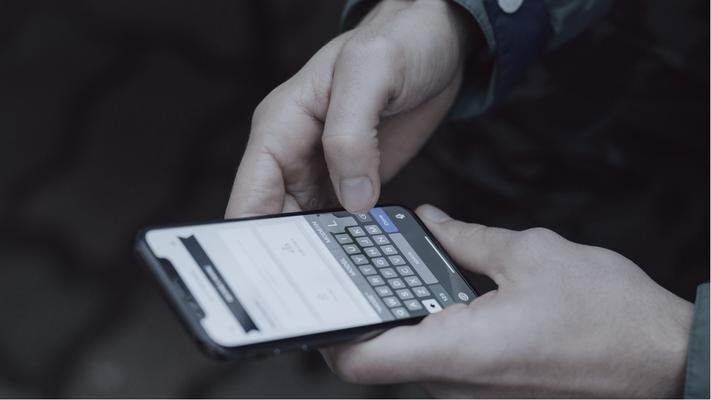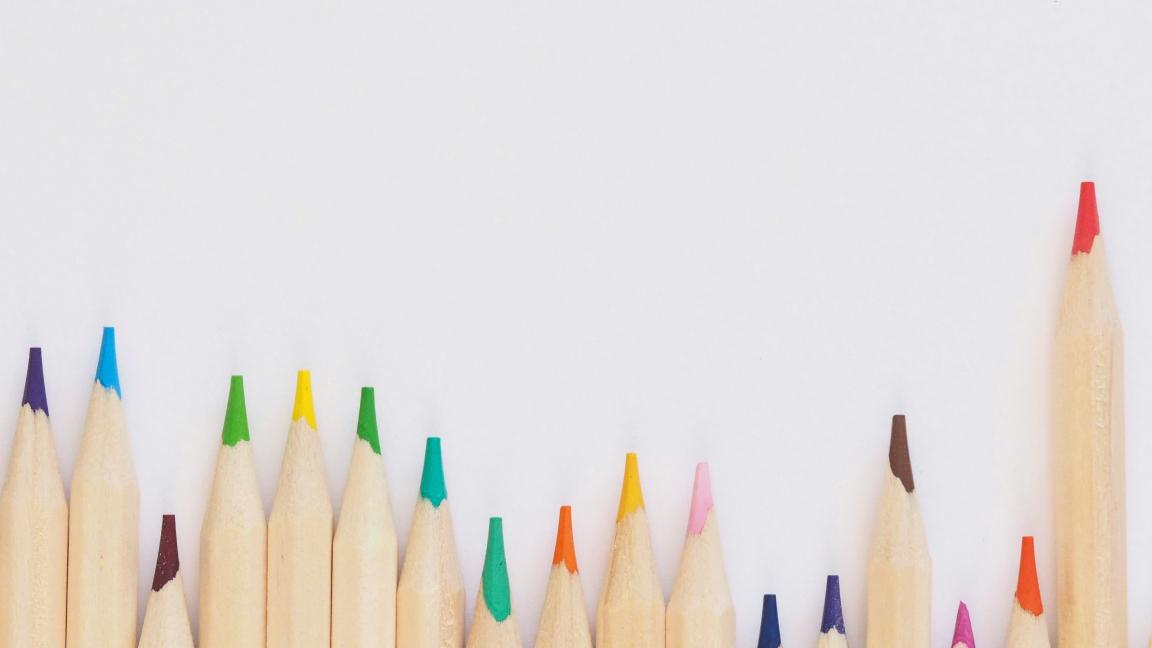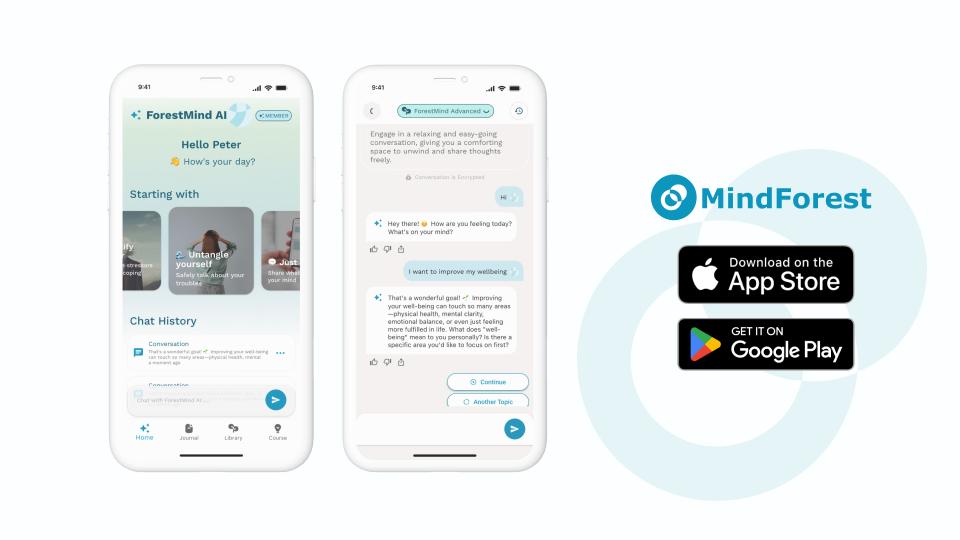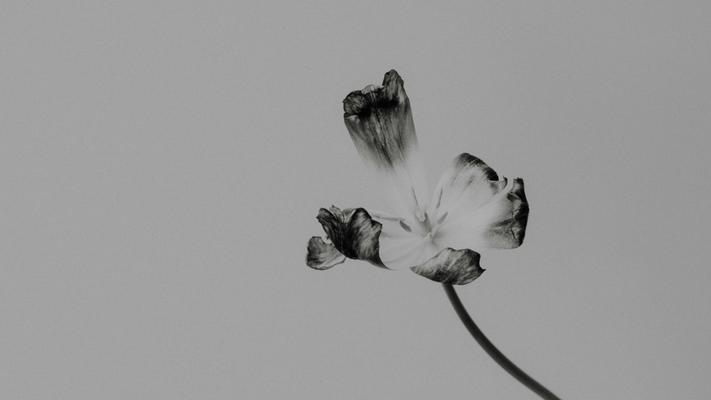
Ghosting and Avoidant Behaviour: Why We Pull Away and 3 Ways to Heal from It
Have you ever experienced ghosting? The two of you were chatting happily the night before, and the next day the person suddenly disappears, never replying again?
Creativity has long been seen as a uniquely human trait – the ability to produce something both novel and meaningful. It fuels breakthroughs in science, art, design, and storytelling. But with the rise of artificial intelligence (AI), especially generative tools like ChatGPT, Midjourney, and others, the boundaries between human and machine creativity are becoming less clear. Can AI be truly creative—or is it simply mimicking creativity?

Creativity has long been seen as a uniquely human trait – the ability to produce something both novel and meaningful. It fuels breakthroughs in science, art, design, and storytelling. But with the rise of artificial intelligence (AI), especially generative tools like ChatGPT, Midjourney, and others, the boundaries between human and machine creativity are becoming less clear. Can AI be truly creative—or is it simply mimicking creativity?
Psychological theories define creativity through five elements: the actor, the process, the outcome, the domain, and the context in which it occurs. In human terms, a creative act is typically original, valuable, and context-sensitive.
When applied to AI, these criteria become less straightforward. AI systems can generate texts, images, music, and more—often surprising, aesthetically pleasing, or even useful. But does this make the AI creative?
According to Wingström et al. (2022), scientists and artists see AI creativity differently. Scientists view AI as a high-powered tool for reliable generation of novel outputs. Artists, on the other hand, often describe a more intuitive, co-creative relationship with AI—using it as a collaborative partner that challenges and expands their ideas. This concept of human–AI co-creativity may offer the most accurate understanding of where we are now.
Today, AI is used across both technical and artistic fields to support the creative process. In science, it can help simulate experiments or suggest hypotheses. In the arts, it aids in ideation, drafts, design iterations, and more.
From a psychological standpoint, creativity often involves divergent thinking—the ability to explore multiple ideas. AI’s strength lies in its ability to quickly generate a wide range of options.
A study by Doshi and Hauser (2024) found that using AI-generated suggestions improved the creativity of short stories, especially for less experienced writers. However, they also observed a downside: while individual output improved, the collective diversity of ideas shrank. In other words, AI can help people be more creative, but it may also make everyone’s work more similar. It is an important tool to help us stay competitive in today's job market.
In a 2023 study, Koivisto and Grassini used the Alternate Uses Task (AUT) to compare the divergent thinking abilities of humans and AI chatbots. Surprisingly, AI chatbots often produced more creative ideas on average than most human participants. However, the best human ideas still matched or surpassed the AI’s output.
This reveals a key insight: while AI is fast and consistent, it lacks the depth of emotion, experience, and intuition that characterise exceptional human creativity. AI may help us reach a baseline faster, but it cannot replace the rare spark of genius, empathy, or lived perspective that fuels our most powerful creative work.
Creativity isn’t just a skill—it’s deeply tied to mental health and emotional well-being. Research by Tan et al. (2021) found that being creative can significantly improve subjective well-being. Their experiments showed that engaging in creative activities—even for a short time—makes people feel happier, even when stressed. This suggests that AI, by lowering creative barriers, may help more people access these emotional benefits.
However, AI might also present risks. According to Vartanian et al. (2020), creativity in the brain relies on the coordination of three systems: the default network (for imagination), the executive control network (for focus), and the salience network (for switching between the two). Under stress, these systems can become dysregulated, making creativity harder.
While AI can reduce stress by assisting with creative blocks or providing therapeutic aid, it might also undermine creative confidence if overused or treated as a replacement rather than a partner. Constant comparison to AI-generated work may heighten performance anxiety, especially in competitive industries.
To make the most of AI in creative work, we need to understand its strengths and limitations. As Wingström et al. (2022) suggest, the most fruitful use of AI is not as a substitute but as a collaborative agent that challenges and complements human thinking.
AI can:
But it can also:
The key is in how we use it: as a creative companion or coach, not a crutch.
Artificial intelligence is already shaping the future of creative work. Whether it becomes a threat or a tool depends largely on how we choose to engage with it.
True creativity has always been more than output—it’s about curiosity, courage, connection, and sometimes even discomfort. As AI becomes more powerful, we must ask not just “Can AI be creative?” but “How do we protect and nurture what is most human about creativity?”
In the end, AI might push us to better understand ourselves—to see creativity not as a competition, but as a deeply personal, evolving journey. If we embrace it wisely, we can build a future where technology enhances our humanity, rather than eclipsing it.
In a world where AI can spark ideas but also blur originality, reconnect with your unique voice through MindForest—a minimalist app crafted for mindful growth and creative clarity.

Navigate the creative journey with intention. ForestMind offers personalised, psychology-informed guidance that keeps you grounded in your own thinking—supporting resilience, flow, and focus without overshadowing your originality.
Creativity begins with reflection. The Insight Journal helps you track thoughts, explore emotions, and deepen self-awareness—fostering the kind of insight machines can’t replicate.
Understand your creative strengths and blind spots. Our science-based tools provide clarity to help you flourish as a creator and thinker in a fast-changing world.
Reclaim your creativity. Download MindForest to reflect, grow, and thrive—your way.
References
Doshi, T., & Hauser, M. (2024). Artificial intelligence can improve and homogenize creative performance. Nature Human Behaviour. https://doi.org/10.1038/s41562-024-01891-3
Koivisto, M., & Grassini, S. (2023). Best humans still outperform artificial intelligence in a creative divergent thinking task. Scientific Reports, 13, 13601. https://doi.org/10.1038/s41598-023-40858-3
Tan, C. Y., Chuah, C. Q., Lee, S. T., & Tan, C. S. (2021). Being creative makes you happier: The positive effect of creativity on subjective well-being. International Journal of Environmental Research and Public Health, 18(14), 7244. https://doi.org/10.3390/ijerph18147244
Vartanian, O., Saint, S. A., Herz, N., & Suedfeld, P. (2020). The creative brain under stress: Considerations for performance in extreme environments. Frontiers in Psychology, 11, 585969. https://doi.org/10.3389/fpsyg.2020.585969
Wingström, A., Celand Sigg, M., Winiger, J., & Klinger, T. (2022). Scientists and artists differ in their perceptions of AI-generated art. iScience, 25(11), 105379. https://doi.org/10.1016/j.isci.2022.105379
Discover practical psychology tips you can apply to your everyday life. From building resilience to improving relationships and finding work-life balance, our blog brings expert-backed insights that help you grow.

Have you ever experienced ghosting? The two of you were chatting happily the night before, and the next day the person suddenly disappears, never replying again?

This article breaks down the psychology of nonchalance, signs of a nonchalant dater, the debate nonchalant vs chalant, and what truly matters when forming modern relationships.

Have you ever felt so intensely drawn to someone that you couldn’t stop thinking about them—imagining every possible interaction, decoding every message, overanalysing every glance? If so, you may not be experiencing love, but something more specific: limerence.
Download MindForest and turn these insights into action. Get personalized support from ForestMind AI Coach, track your progress, and unlock your full potential.